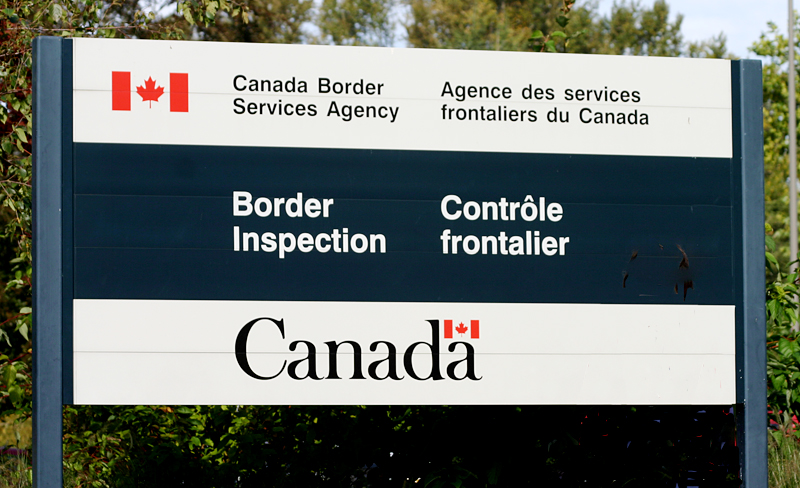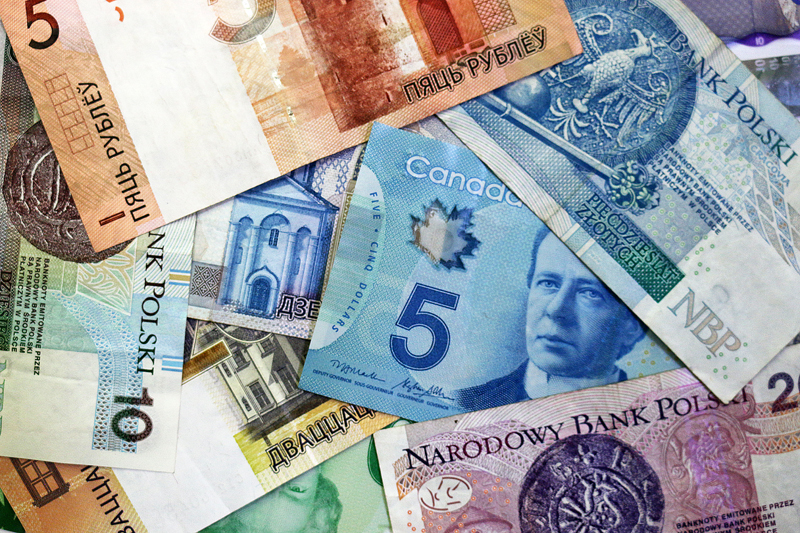Tariffs tumble the Canadian Dollar and the Mexican Peso to their lowest levels in years against the United States Dollar, as the current president of the United States implemented an additional tariff of 25 percent on imported goods from both Canada and Mexico — as well as an additional tariff of ten percent on imported goods from China. Energy resources from Canada have a lower tariff of ten percent.
Tariffs Tumble Canadian Dollar and Mexican Peso to Lowest Levels in Years Against the United States Dollar

One Canadian Dollar was worth $0.676505 in United States Dollars at the time this article was written on Sunday, February 2, 2025, which is the lowest level since 2003 — or 22 years — while one Mexican Peso was worth $0.046994 in United States dollars, which is the lowest level since April of 2020. One Chinese Yuan Renminbi was worth $0.137941 in United States dollars. The tariffs that Donald Trump ordered on these countries on Saturday, February 1, 2025 were at least partially responsible for the falls of these currencies.
“Previous Administrations failed to fully leverage America’s economic position as a tool to secure our borders against illegal migration and combat the scourge of fentanyl, preferring to let problems fester”, according to this fact sheet at the official Internet web site of The White House of the United States. “This Tariff will remain in effect until such time as Drugs, in particular Fentanyl, and all Illegal Aliens stop this Invasion of our Country!”
In response, Justin Trudeau — who is the current prime minister of Canada — imposed a tariff of 25 percent on imported goods from the United States; and Claudia Sheinbaum — who is the current president of Mexico — has ordered her economy minister to implement tariff measures and non-tariff measures to defend the interests of her country. The Ministry of Commerce in China has threatened to take its case to the World Trade Organization and file a claim.
Donald Trump has indicated that he is ready to escalate the tariffs further if the aforementioned countries retaliate.
Tariffs are taxes or duties to be paid on goods — which means that entities within the targeted countries ultimately pay more for those goods.
The strengthening United States dollar means that citizens and legal residents of the United States can purchase more products and services for their money in Canada and Mexico. However, that also means that legal residents of Canada and Mexico will not be able to purchase as many products that are manufactured in the United States as they were able to do prior to the implementation of the tariffs.
Final Boarding Call
The full effect of what the implementation of the tariffs by Donald Trump ultimately will accomplish is still too early to tell at this time — but early indications are that stock markets around the world have been volatile as a result: the United States Dollar is strengthening; stock markets in Asia have been falling; the price of gold has tumbled by almost one percent; and the price of oil has been climbing.
In other words, governments around the world do not particularly like abrupt changes in the status quo — especially when they are directly affected by them.
In the meantime, now is your chance to take advantage of the stronger United States dollar against weakening currencies, as your purchasing power with the United States dollar just became better…
All photographs ©2013 and ©2017 by Brian Cohen.

